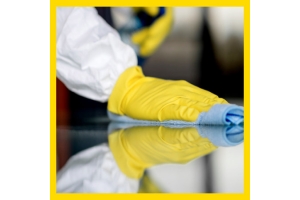Currency
Default Category
Currency
AED
- Home
- Blog
- News Archive
- How to use multi-gas monitors: a safety advisory for firefighters
September 26, 2022

stand how to use multi-gas monitors when responding to natural gas or propane incidents.
NIOSH says fire departments should train their firefighters on how to interpret data from their specific multi-gas monitor to determine if a hazardous atmosphere is present. That includes low oxygen levels or dangerous levels of toxic gases such as carbon monoxide or hydrogen sulfide.

The advisory states that training should also cover:
The advisory features a short Q&A section and the results of a Fire Fighter Fatality Investigation and Prevention Program investigation stemming from a July 2018 incident.
NIOSH says fire departments should train their firefighters on how to interpret data from their specific multi-gas monitor to determine if a hazardous atmosphere is present. That includes low oxygen levels or dangerous levels of toxic gases such as carbon monoxide or hydrogen sulfide.

The advisory states that training should also cover:
- How to calibrate and maintain gas detection equipment by performing bump testing at the beginning of each shift.
- The use of gas detection equipment under a wide variety of conditions, including when at the lower explosive limit and upper explosive limit of a gas or vapor.
- How to use multi-gas monitor readings to establish isolation zones and ensure a continuous risk assessment is conducted throughout the incident.
The advisory features a short Q&A section and the results of a Fire Fighter Fatality Investigation and Prevention Program investigation stemming from a July 2018 incident.
SOURCE:
https://www.safetyandhealthmagazine.com/articles/23004-how-to-use-multi-gas-monitors-a-safety-advisory-for-firefighters
Categories
- News Archive (1132)
- Exhibitions & Events (3)
- News & Articles (137)
Recent Posts
Popular Posts
Archive









